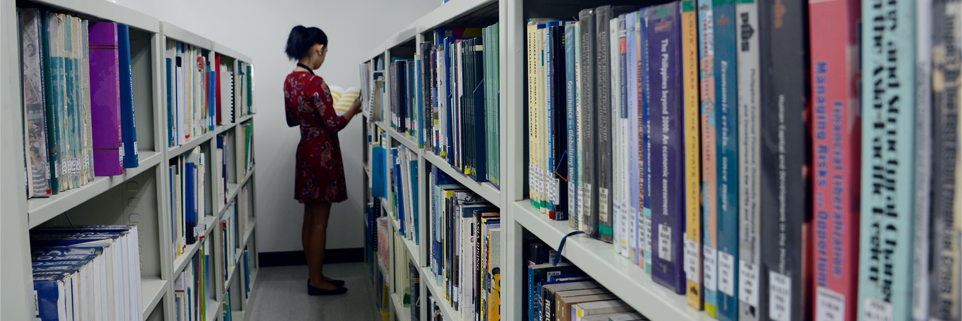Liberalization and regional integration: the Philippines strategy for global competitiveness /
By: Austria, Myrna S.
Series: Vol. 28 No.1 First Semester 2001.Description: pp.55-86.Subject(s): Competitiveness, global - Philippines | APEC Non-Binding Investment Principles | ASEAN Free Trade Area (AFTA) | Asia-Pacific Economic Cooperation (APEC) | Foreign Investment Negative List (FINL) | Import Liberalization Program (ILP) | Investment liberalization | Liberalization - Philippines | Republic Act No. 7042 (Foreign Investment Act of 1991) | Tariff Reform Programs (TRP) | Trade Related Intellectual Property (TRIP) Agreement | World Trade Organization (WTO)Online resources: Click here to access online In: Philippine Journal of DevelopmentSummary: The paper examines the policies pursued by the Philippines in response to the increasing economic integration and interdependence of nations and regions around the world, focusing in particular on the country's multitrack approach to trade and investment liberalization. The country's experience points to the importance of domestic policies that foster domestic efficiency and competitiveness before one can participate in regional integration and face global competition. The country first pursued trade and liberalization policies in the 1980s and 1990s to eliminate the inefficiency of domestic industries arising from its past protectionist policies. The unilateral liberation efforts resulted in a better allocation of resources and improvement in the overall competitiveness of domestic industries. The improved competitiveness enabled the country to participate in the 1990s in regional trading arrangements--AFTA and APEC--and in the much bigger WTO. The challenge facing the country now is how to deepen and expand its participation in regional integration as the proliferation of regional trading agreements has brought forth many new competitors for the country, both for its export markets and its sources of foreign direct investment. Areas requiring further reforms are identified to enable the country to realize the full gains from economic integration.The paper examines the policies pursued by the Philippines in response to the increasing economic integration and interdependence of nations and regions around the world, focusing in particular on the country's multitrack approach to trade and investment liberalization. The country's experience points to the importance of domestic policies that foster domestic efficiency and competitiveness before one can participate in regional integration and face global competition. The country first pursued trade and liberalization policies in the 1980s and 1990s to eliminate the inefficiency of domestic industries arising from its past protectionist policies. The unilateral liberation efforts resulted in a better allocation of resources and improvement in the overall competitiveness of domestic industries. The improved competitiveness enabled the country to participate in the 1990s in regional trading arrangements--AFTA and APEC--and in the much bigger WTO. The challenge facing the country now is how to deepen and expand its participation in regional integration as the proliferation of regional trading agreements has brought forth many new competitors for the country, both for its export markets and its sources of foreign direct investment. Areas requiring further reforms are identified to enable the country to realize the full gains from economic integration.

